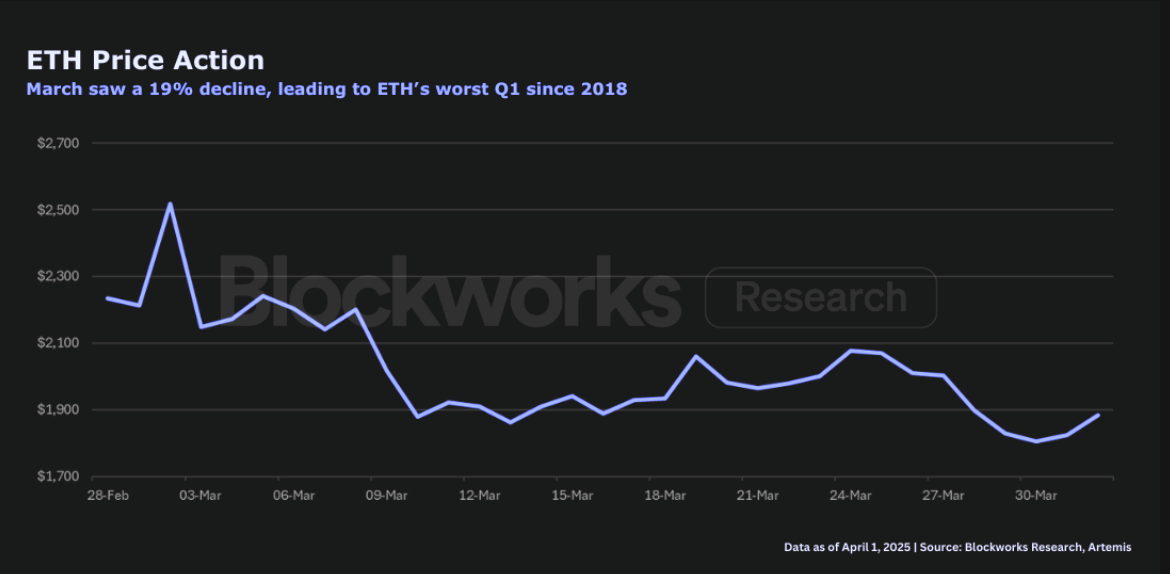Crypto founders increasingly look to ‘geofencing’ amid US uncertainty
Crypto founders are increasingly looking into geofencing — the act of blocking users in certain jurisdictions — as an “extreme solution” to regulatory uncertainty in the United States.
In a post on X on Sept. 30, Variant Fund chief legal officer Jake Chervinsky said that many crypto founders are considering using geofencing as a compliance strategy as regulators in the United States continue their war on crypto.
In simple terms, geofencing means stopping people in a certain “geography” from accessing a product by creating a virtual “fence” around it, he explained while sharing a guide summarizing how to properly geofence.
It can be used as a fallback option for a compliance strategy if a company cannot comply with regulations such as providing disclosures and KYC (Know Your Customer).
The company or protocol could simply block users in a country that has strict compliance requirements, in this case, the United States. However, Chervinsky said it was an extreme solution:
“It’s a pretty extreme solution to the problem of regulatory uncertainty — completely abandoning the US market — but sometimes there’s just no other way.”
In 2023, 17 jurisdictions representing 70% of global crypto exposure tightened their crypto regulations, according to TRM Labs.
DeFi protocol Sky, which rebranded from Maker in August, courted criticism after blocking VPN access for its Spark Protocol. This was done in an effort to prevent US users from accessing the protocol, but it also blocks all IP addresses associated with VPNs regardless of location.
Source: sky.money
The world’s largest crypto exchange, Binance, also geofences displaying the notice “Binance.com is unavailable in your country or region” if a user were to try to access it from a US IP address.
Meanwhile, Ethereum restaking protocol Eigenlayer blocked users from 30 countries including the US, Canada, China, and Russia from claiming its airdrop in April.
The Solana-based decentralized exchange Orca has also blocked US users from trading using its web interface.
Related: 6 things the US needs to stay competitive in crypto, according to execs
Chervinsky’s geofencing guide offers some best practices for geofencing, which include using available information such as IP addresses and GPS data to identify US users and blocking them using multiple methods such as IP blocking, attestations, and VPN monitoring.
It also suggested using infrastructure outside the United States, minimizing American-based hardware and personnel, and using non-US servers and cloud services.
Adopting a geofencing strategy can have some advantages for the company, however.
“Tailored geofences using advanced geolocation data help crypto firms expand into new markets while maintaining compliance,” said compliance solutions provider GeoComply in a September blog post.
Nevertheless, geofencing “is an extreme and costly measure to ensure compliance with US law,” concluded Chervinsky.
Magazine: How Chinese traders and miners get around China’s crypto ban
Disclaimer: The content of this article solely reflects the author's opinion and does not represent the platform in any capacity. This article is not intended to serve as a reference for making investment decisions.
You may also like
Honda prepares to send its hydrogen tech to space
Share link:In this post: Honda is working with Sierra Space and Tec-Masters, two space technology companies, to try their high-differential pressure water electrolysis system. Honda aims for hydrogen to help it get all of its cars off carbon by 2040. Honda says it will work with NASA to get the equipment to the ISS on Sierra Space’s Dream Chaser space plane.
ETH just had lowest quarterly return since Q2 2022: Blockworks Research
The network is at a “pivotal juncture,” Blockworks Research’s Marc-Thomas Arjoon said

Riot Platforms Hits Post-Halving Bitcoin Production High as It Expands AI Capacity
Solana Price Pattern Points to a 65% Surge as Key Metric Beats Ethereum by Far
